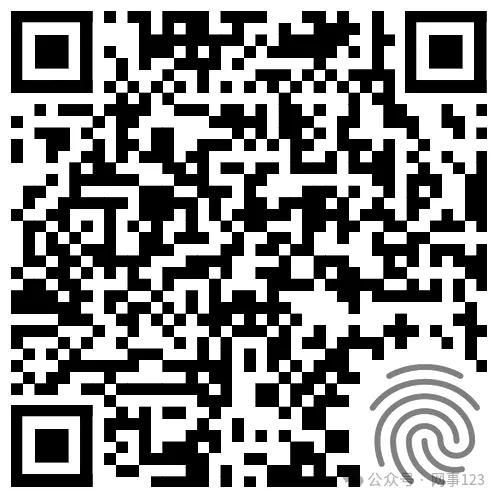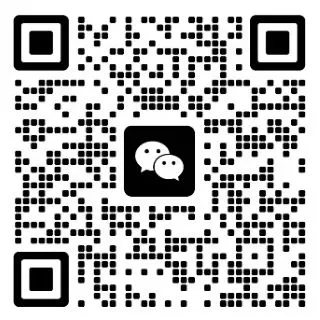Note: Please be aware that there is a resource download method at the end of the article. Download and save it as soon as possible to avoid deletion!
In-Depth Analysis of the MQTT Communication Protocol 📡
In the world of the Internet of Things (IoT), data transmission is core. When it comes to IoT communication protocols, we must mention MQTT (Message Queuing Telemetry Transport). It is a lightweight messaging protocol designed specifically for resource-constrained devices and low-bandwidth, high-latency, or unreliable network environments. Today, let’s talk about MQTT!
What is MQTT?
In simple terms, MQTT is a communication protocol based on a publish/subscribe model. Its goal is to enable efficient message transmission between devices while occupying minimal bandwidth and memory resources.
- Lightweight: Suitable for embedded devices and mobile applications.
- Bidirectional Communication: Supports two-way message transmission between devices and servers.
- Reliable: Ensures message delivery even in unstable network conditions.
In one sentence: MQTT is the “delivery guy” tailored for the Internet of Things! 📦
How MQTT Works
The core idea of MQTT is to manage message distribution through a Broker. Devices only need to connect to the Broker to easily publish and subscribe to messages.
Publish/Subscribe Model
- Publisher: Sends messages to a specific topic.
- Subscriber: Receives messages from the topic.
- Broker: Responsible for delivering messages from the publisher to the subscriber.
For example: Suppose you have a smart home system where a temperature sensor publishes the current temperature value to the topic home/livingroom/temperature, and your phone subscribes to this topic to receive real-time temperature information. In this way, the sensor and the phone do not need to communicate directly but instead relay messages through the Broker. ✨
Main Features of MQTT
1. Lightweight Design
The header overhead of MQTT is very small, usually around 2 bytes. This design is a boon for scenarios with limited bandwidth (such as remote monitoring)! 🚀
2. QoS (Quality of Service)
MQTT provides three different QoS levels to ensure message delivery reliability:
– QoS 0: At most once. Messages may be lost but will not be duplicated.
– QoS 1: At least once. Messages may be duplicated but will definitely arrive.
– QoS 2: Exactly once. Messages will be delivered only once and will not be lost.
Choosing the appropriate QoS level based on actual needs is very important! 📈
3. Keep Alive
To ensure the connection between the device and the Broker is normal, MQTT uses a heartbeat mechanism. The client periodically sends PING messages to the Broker, and if there is no response after a set time, the Broker will disconnect.
Application Scenarios of MQTT
The flexibility of MQTT allows it to be applied in almost any scenario that requires low power consumption and low bandwidth. Here are some common examples:
- Smart Home: Control devices such as lights, air conditioning, and curtains.
- Industrial Automation: Monitor production line status and collect sensor data.
- Vehicle Networking: Data exchange between vehicles and the cloud.
- Agricultural IoT: Monitor environmental parameters such as soil moisture and temperature.
Isn’t it cool? 😄
Basic Concepts of MQTT
When learning MQTT, there are several key terms you need to understand:
1. Client
Any device connected to the Broker can be referred to as a client. It can be both a publisher and a subscriber.
2. Topic
A topic is used to identify the category or path of messages. For example, sensor/temperature represents data from a temperature sensor.
Note: Topics are hierarchical and can be separated by
/for different levels. For example,home/livingroom/lightindicates the status of the living room light.
3. Message
A message is the actual content transmitted between clients. Each message contains a topic and a payload.
How to Use MQTT?
To start using MQTT, you need to follow these steps:
-
Select a Broker
Common open-source Brokers include Mosquitto and EMQX. You can set up your own or use a Broker provided by a cloud service. -
Install Client Libraries
Most programming languages have libraries that support MQTT. For example, Python haspaho-mqtt, and JavaScript hasmqtt.js. -
Write Code
Here is a simple Python example demonstrating how to publish and subscribe to messages:
import paho.mqtt.client as mqtt
# Connection callback function
def on_connect(client, userdata, flags, rc):
print("Connected with result code " + str(rc))
client.subscribe("home/livingroom/temperature")
# Message callback function
def on_message(client, userdata, msg):
print(f"Received message: {msg.payload.decode()} from topic {msg.topic}")
# Create client
client = mqtt.Client()
client.on_connect = on_connect
client.on_message = on_message
# Connect to Broker
client.connect("broker.hivemq.com", 1883, 60)
# Loop to wait for messages
client.loop_forever()
Isn’t it simple? 👍
Advantages and Disadvantages of MQTT
Advantages
- Lightweight, suitable for resource-constrained devices.
- Supports multiple QoS levels to meet different scenario needs.
- Easy to scale, supporting massive device connections.
Disadvantages
- May not be efficient for high-frequency, large-volume transmissions.
- Relies on the Broker, which poses a risk of single point of failure.
The Future of MQTT
With the rapid development of IoT technology, the application range of MQTT is continuously expanding. Whether for smart home devices or industrial-grade solutions, MQTT plays an increasingly important role.
If you are developing an IoT project, why not give MQTT a try? I believe it will make your project more efficient and stable. 🌟
I hope this article helps you better understand MQTT! If you have any questions, feel free to reach out! 😊
Resource Download: |
Add me on WeChat: |
Support me: |
Writing is not easy, thank you for liking and sharing. May good fortune follow you throughout your life~~~